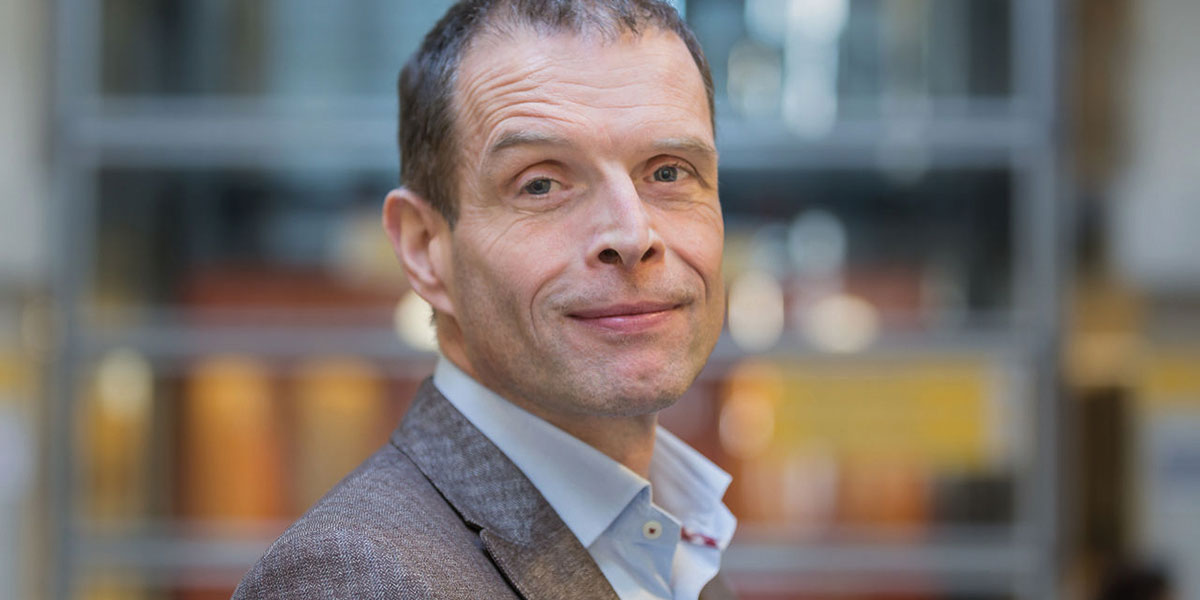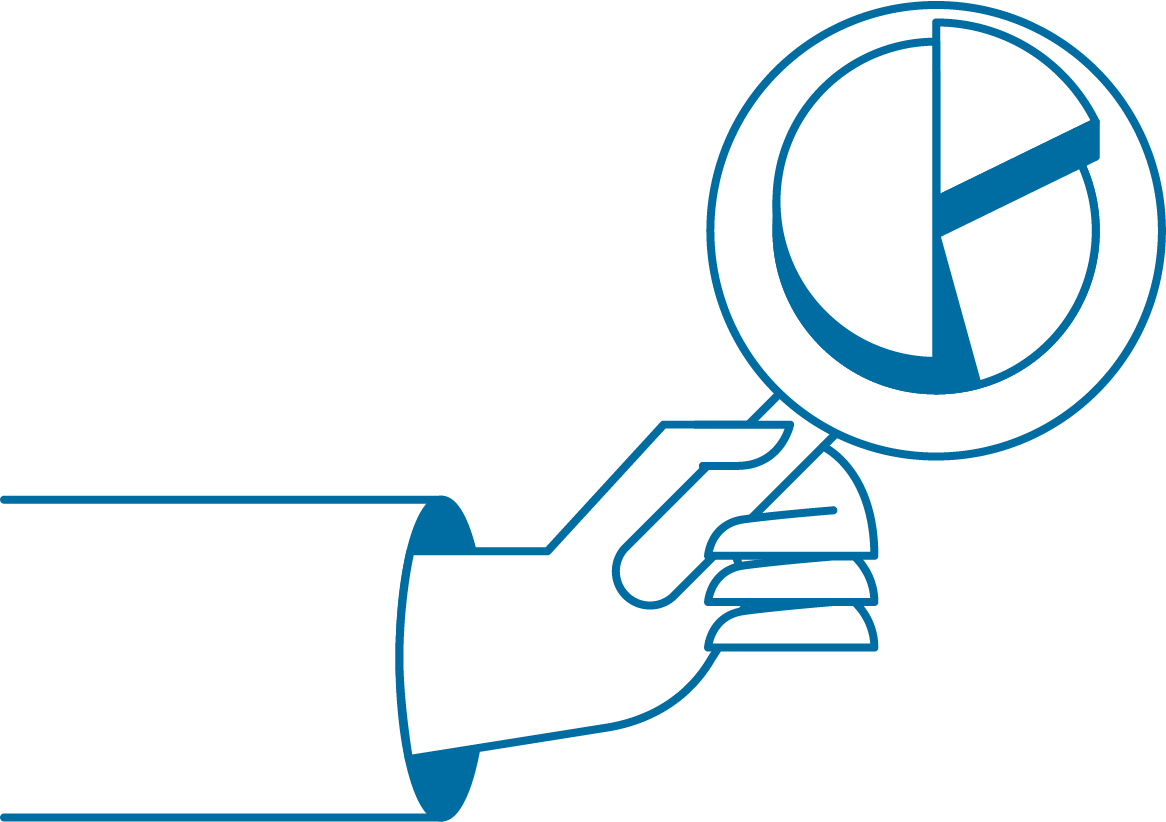The knowledge centre for chronic fatigue in the Netherlands, NKCV, has commissioned Minddistrict to develop modules for people suffering from fatigue. Clients are given practical tools to help them deal with fatigue. This can lead to significant improvements, according to clinical psychologist Hans Knoop, head of NKCV and also employed by the department of Medical Psychology of Amsterdam Medical Centre.
 Hans Knoop, head of NKCV
Hans Knoop, head of NKCV
The modules developed are an important tool in the treatment of fatigue, says Mr Knoop. “For both people with a physical illness that compounds their fatigue, and for people who are severely tired but otherwise healthy.” NKCV developed interventions in the area of patient care and research using Minddistrict technology, and works closely with the AMC and VUmc department of Medical Psychology (both are hospitals in Amsterdam). The department of Medical Psychology has also developed an application for people with dermatological conditions or diabetes. Mood disorders are an issue for these patients.
Online project for young persons suffering from fatigue
In 2012, NKCV started work on an online project for young people suffering from fatigue. “This group is already used to the digital age, so it’s easy for them to navigate online tools. Adding to this is the fact that ours is a national treatment centre and people have to travel from all corners of the country. Online counselling reduces travel time.” The positive results achieved in this project have led to the development of similar applications for adults.
This year, we celebrate 10 years of Minddistrict. For this purpose, we've gathered the best stories of the last 10 years and interviewed customers and partners. You find these stories in the series 'Anniversary interviews'. Do you want to know about 10 years of Minddistrict? Get in touch.
Mr Knoop first discovered Minddistrict when he left another university hospital for AMC. “At that time a contract had already been signed by the AMC and VUmc department of medical psychology and Minddistrict for the development of ehealth applications. We decided to make similar arrangements for NKCV. We then decided to also develop applications for people suffering from chronic physical conditions.”
Multiple modules for chronic fatigue
The content used in the centre for chronic fatigue was developed in the Minddistrict CMS by Mr Knoop’s own team. “The idea behind this content is that an illness can make you really tired. But you can have some control over whether this tiredness continues and how much it affects you, by how you deal with it. The modules include practical tools to help people deal with their fatigue and improve their daily lives.” For every patient, the factors that play a role in their fatigue are first assessed. “For one patient a disrupted sleep cycle may be part of the problem, others may be too inactive or experience mood disorders that exacerbate their fatigue. Modules have been developed for each of these factors and we will determine which modules are relevant per patient.” The format is always blended, though, says Mr Knoop. After a face-to-face interview including questionnaires, we review our online options.
We map the factors that play a role in a patient’s fatigue, and select the modules that are relevant for that person.
A total of six fatigue interventions have been developed. Medical Psychology has also developed an intervention for patients with dermatological conditions and a number of interventions for patients with diabetes. “At the fatigue centre we conducted various studies into the effectiveness of these interventions. The results were positive: these interventions work.” The treatments are now also used in standard healthcare and at mental healthcare institutions. “Our centre is visited by five to six hundred people a year. About half of our patients also receive online therapy, which includes virtually every young person.”
Online therapy is about 30-40% less time-consuming for therapists than face-to-face treatment. “A very positive development. Of course, this type of treatment is not for everyone. Some patients are less versed in the use of online tools, or they simply prefer to stick to face-to-face sessions.”
 ”We have conducted various studies into the effectiveness of interventions”
”We have conducted various studies into the effectiveness of interventions”
Observing and giving feedback
A physical exercise programme to encourage people to become more active, for example by going on walks or bike rides, is an important part of treatment. Clients keep track of their progress online and can send their therapists updates. If this goes well, they may decide to add other activities to the list. “Video conferencing has recently been added for face-to-face progress reports with therapists. The therapist can review the results and provide feedback on assignments.” Clients are also required to work on developing a strict bedtime routine. “Sometimes people sleep more or they go to bed at varying times, but that’s not always beneficial. Clients are requested to keep track of bedtimes in a diary, and then work on establishing a new bedtime routine.”
Sometimes practical steps help, such as becoming more active or going to bed and getting up at fixed times.
Sometimes a solution is focused on the thoughts clients have about their tiredness. “Some people are so afraid that the illness they have will become more serious and this constant worrying might be keeping them tired. By becoming more aware, they gain insight into their actual fatigue and their excessive worrying and they may be able to develop helping thoughts to reduce anxiety. Lots of clients take more than one module.” According to Mr Knoop, fatigue is caused by various factors that add up and are all covered in several treatment components. Each component consists of various partial steps.
Sometimes people are afraid that their illness will become more serious. Excessive worrying about this may be what’s keeping them tired.
The future: direct feedback based on results
The central focus of all modules is gaining insight, through an active approach based on what people can achieve on their own. In the future, Mr Knoop would like to see more direct feedback based on results. “In therapy, exercises are discussed the client has completed at home. This discussion is afterwards, not in real-time. Apps and smartphones are a great way of getting quick and personalized feedback when clients are practising with new ways of dealing with situations.” Apps can register what time people get up or how much exercise people have done, and keep them up to date on this and progress made. “Or an app could give advice and tips on helping thoughts for specific times and situations, send reminders and positive feedback.” Mr Knoop thinks that by receiving feedback at certain times, the impact of the intervention increases. “Reflection is usually done at the end of therapy, and includes an evaluation of achievements and progress made. But of course this could also be done intermittently.”
The next step could be automated feedback. “This could provide support and help at times when the patient needs it and not just when the therapist is available.” Automated feedback could be provided using smartphones, as these devices register a lot of information. That way there is more feedback and intervention, according to Mr Knoop.
Internet treatment takes roughly 30-40% less time than face-to-face treatment.
He is also considering involving the patient’s family and friends. “This includes video conferencing between patients and therapists, but also between therapists and a patient’s loved ones. It’s a great way to keep track of how the patient is doing. It also has the possibility boost the effectiveness of online therapy, so it might even be more beneficial to clients than a one-hour therapy session at a treatment centre.” The patient has the option of inviting loved ones onto their page and involving them in the process, according to Mr Knoop. “This also gives them control in asking for help and getting what they need.”
Getting used to it
In general, Mr Knoop thinks the response to ehealth has been positive. “The technology has to work well, though, or you risk a loss of motivation among patients.” He gets a more varied response from therapists. “Many therapists chose the profession because they enjoy helping people face to face in their offices. Some therapists are less happy with contact by email or video calls. You have to find different ways of doing your job if you’re staying in touch with patients via messages and there is no actual face time.”
“You have to give a lot of control back to the client. That’s a good thing, but it also takes some getting used to.”
Mr Knoop understands that it takes time for therapists to learn the ropes. “It’s a different way of working, but it can also be a fun new dimension to regular work. Some are afraid that their work may change too much. As a therapist you may feel like you’re losing sight of your client to a degree.” But the same results are achieved in a shorter amount of time than your regular treatment, he emphasizes. “Patients are able to reach the same goals with less guidance, making it a very efficient addition to treatment that gives them more personal control. This is a positive development, but it takes some getting used to.”
Enjoyed the read?
You might be interested in the other anniversary interviews too:
- 'If you want to change something in your life, you have to practise.'
- 'Working online is not an ‘optional extra’'
- 'Thanks to ehealth, clients are able to help themselves'
Can we help?
Do you have questions about the Minddistrict platform?
